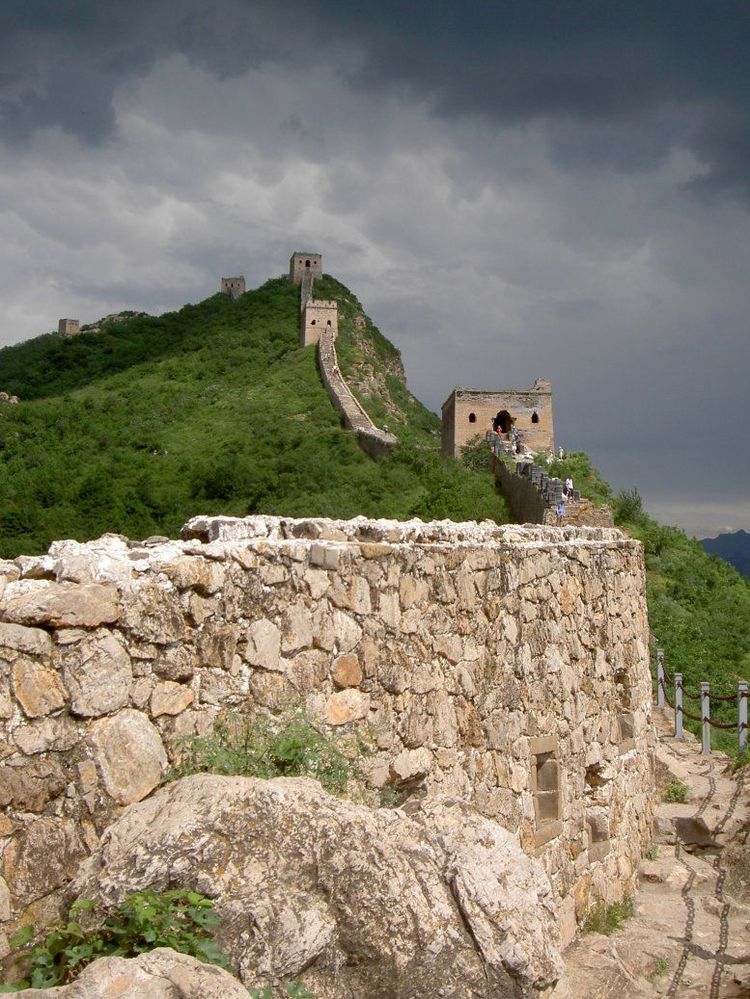The United Nations Educational, Scientific and Cultural Organization, UNESCO for short, is based in Paris and has dedicated itself since 1946 to the promotion of education, science and culture and also communication and information.
On 16 November 1972 UNESCO adopted the “Convention Concerning the Protection of the World Cultural and Natural Heritage”. UNESCO established the “World Heritage List” “considering that parts of the cultural or natural heritage are of outstanding interest and therefore need to be preserved as part of the world heritage of mankind as a whole”, as the preamble to the World Heritage Convention states.
This list now comprises a total of 1154 sites, from 167 countries. Of these sites, 897 are cultural, 218 natural and 39 “mixed sites.” Germany is represented at present with 51 sites. To date over 190 nations have joined this internationally significant convention of the international community in order to protect their cultural and natural heritage. They have pledged to protect the World Heritage sites that lie within their borders and to preserve them for future generations.
States Parties (member states) also have the option of submitting new sites, which are then studied at a UNESCO intergovernmental committee. The World Heritage Committee meets once a year to discuss new nominations. Since February 2018 each State Party has been able to submit just one new nomination annually – the World Heritage Committee examines a total of 35 nominations maximum per year.
The UNESCO World Heritage Committee consists of 21 elected States Parties. The mandates are usually issued afresh every four years, so that the composition of the Committee changes in rotation.
(Status as of July 2021)
To the UNESCO heritage list

